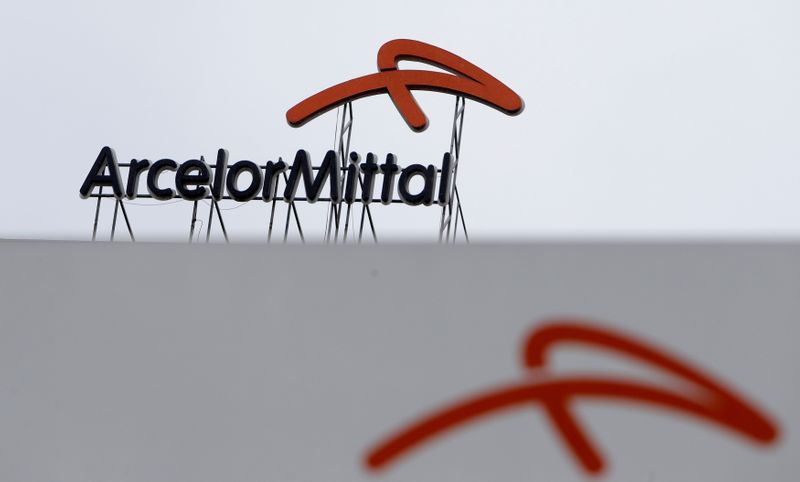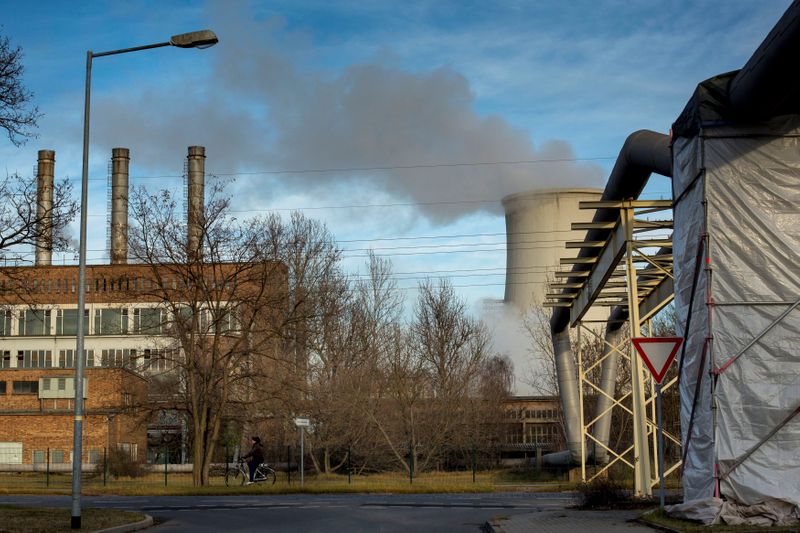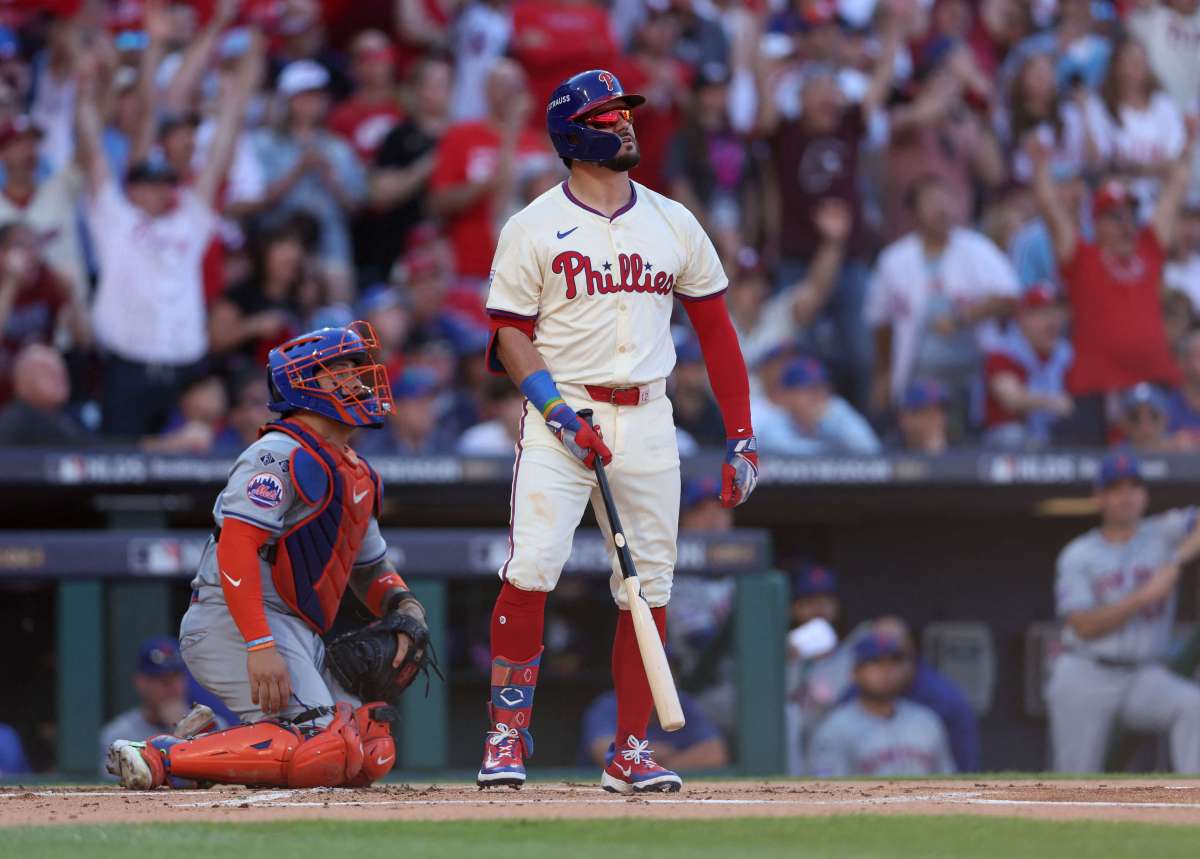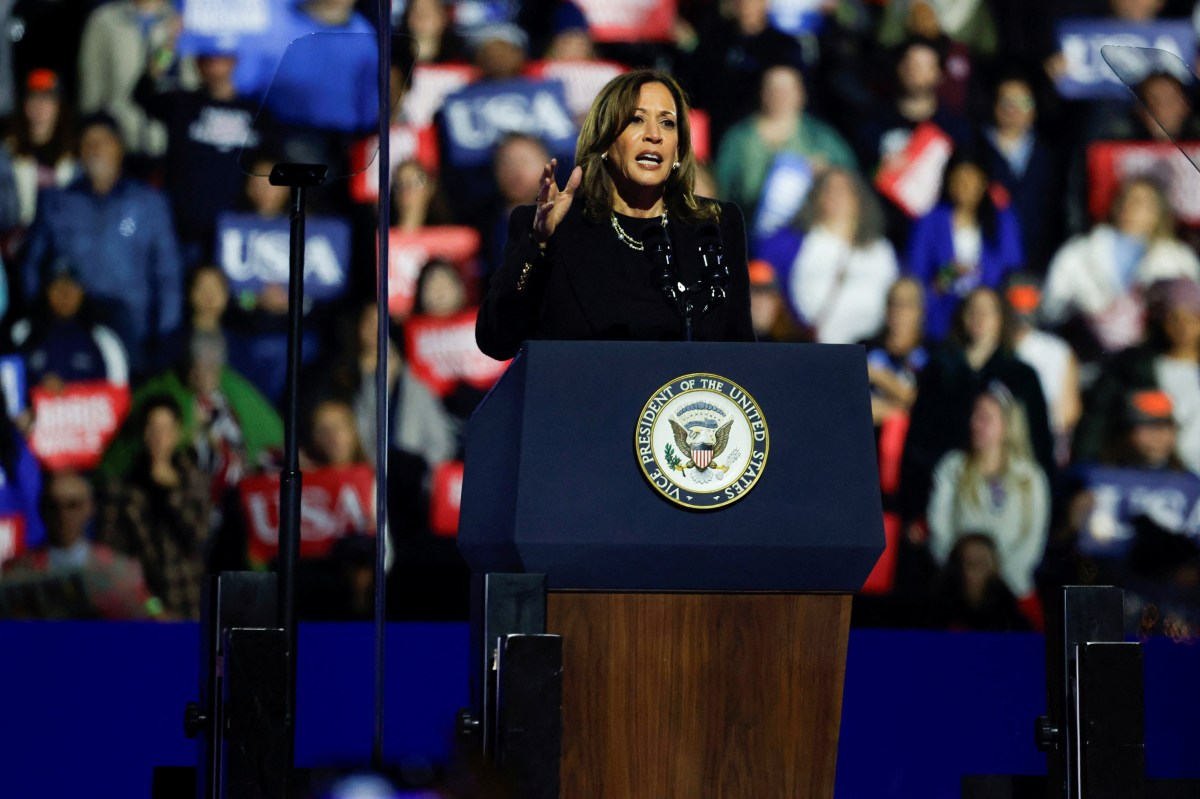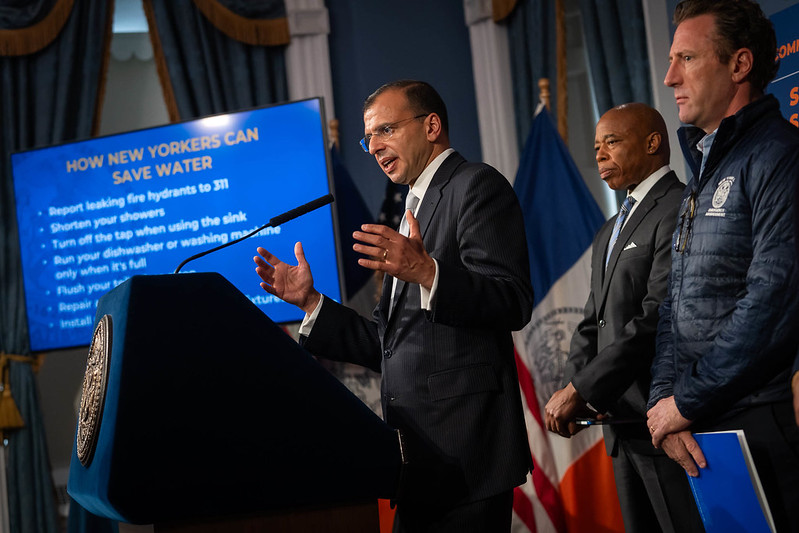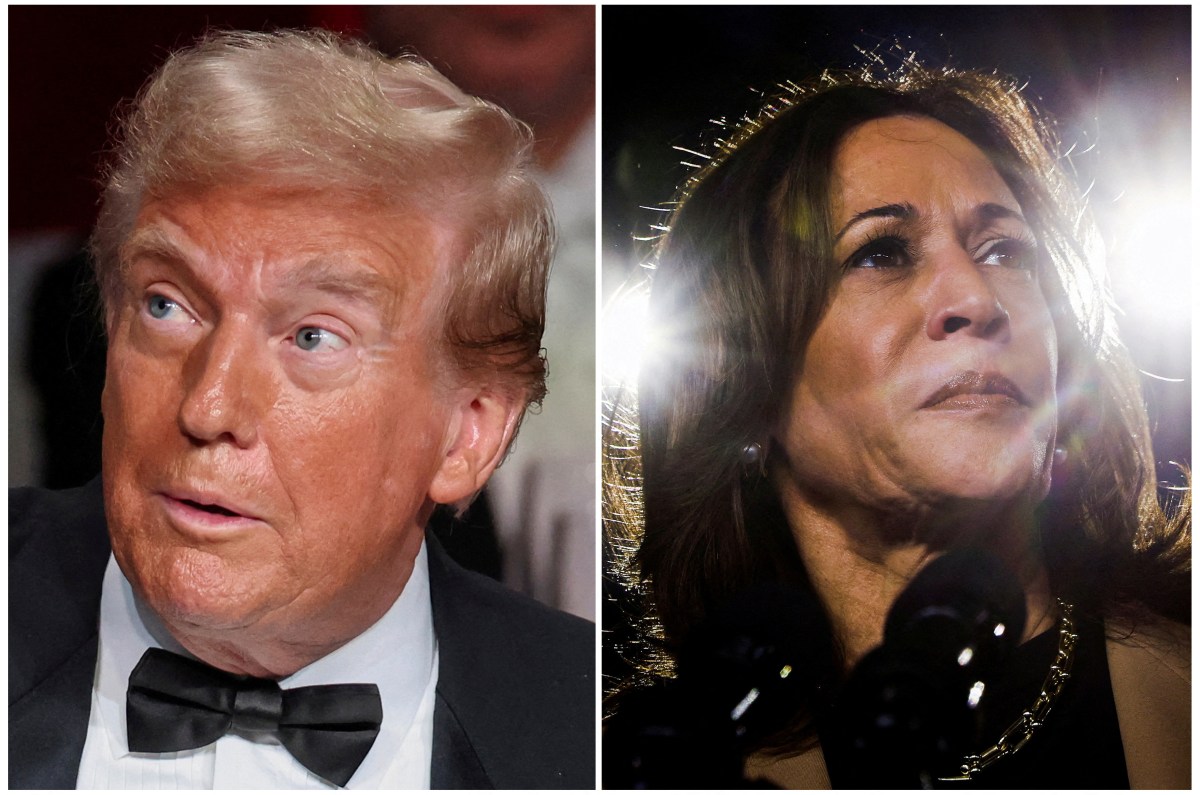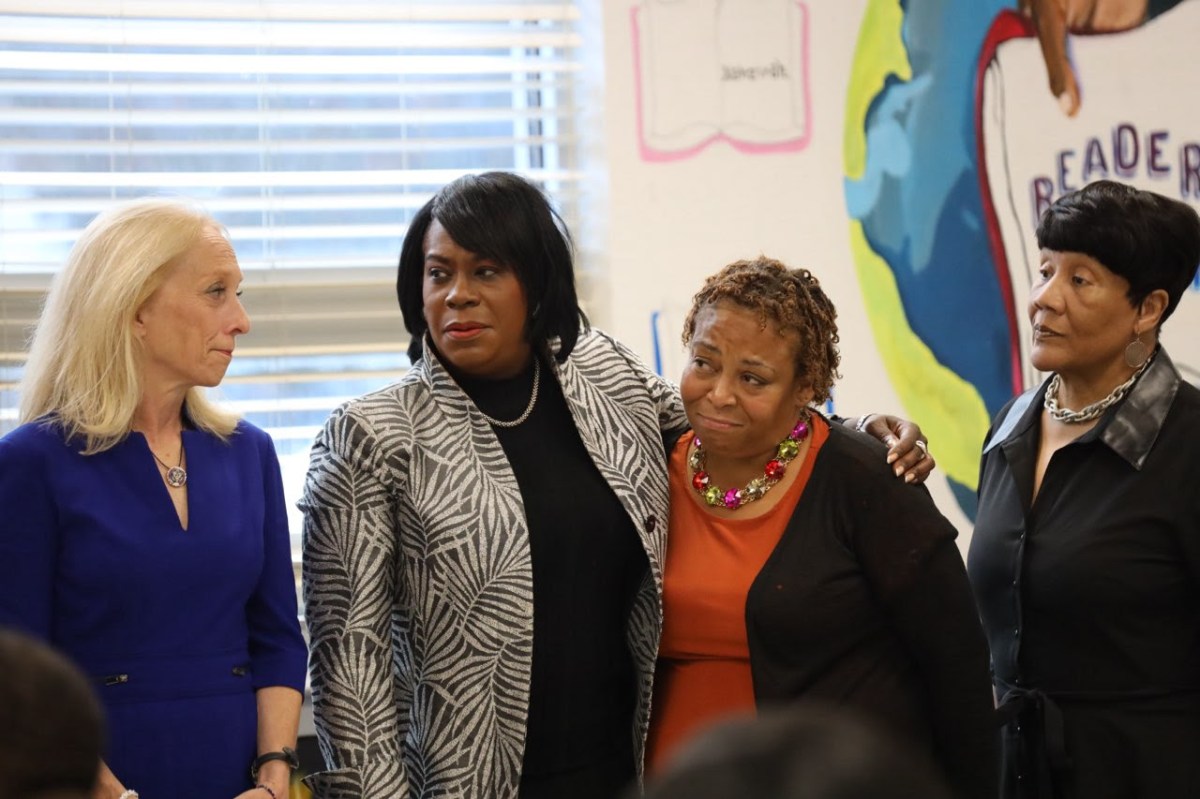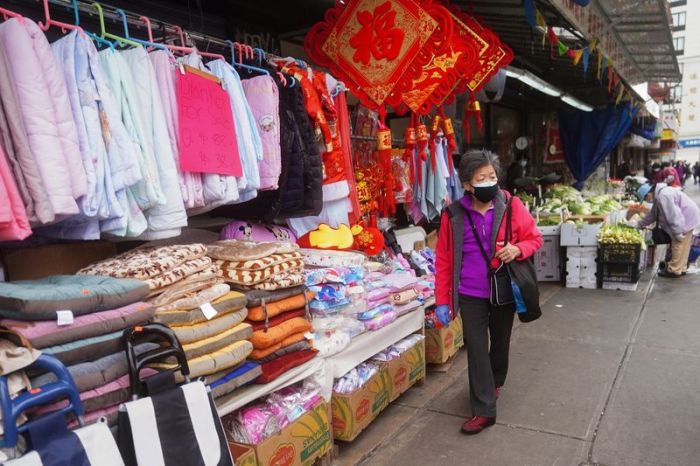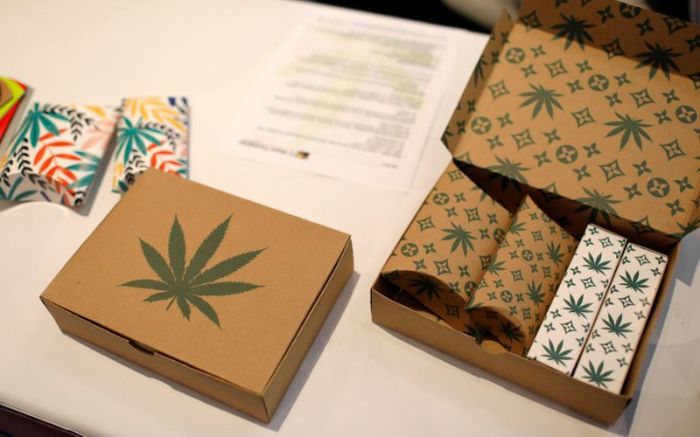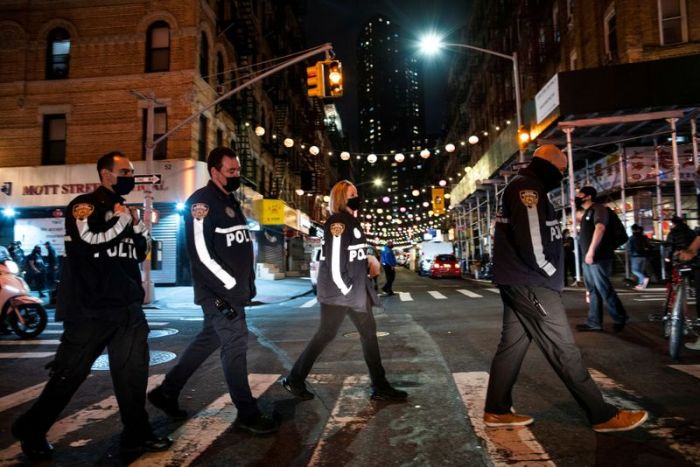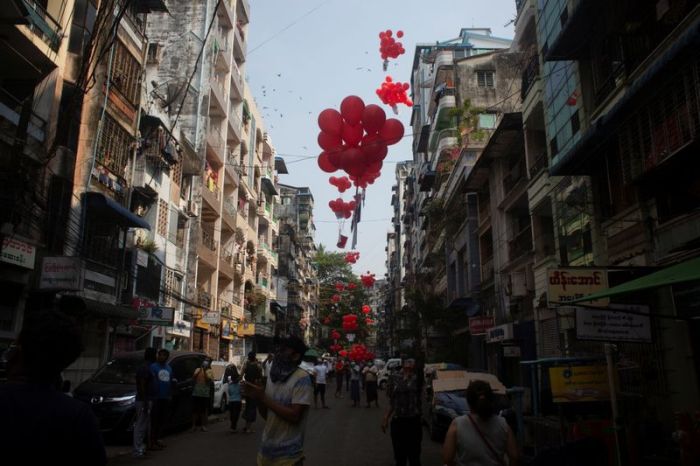(Adds DRI plant in Bremen in paragraphs 7 and 9)
FRANKFURT (Reuters) – ArcelorMittal is looking for partners and public funding to curb carbon emissions from steelmaking in its German operations where alternative technology plans are far advanced, the European head of the world’s biggest steel producer said.
Europe’s steelmakers are under pressure to cut carbon emissions while maintaining profitability in a market where there is fierce competition, mainly from China, while pollution permit costs are spiralling higher.[L8N2L94CD]
“We are looking for partners from the energy sector to deliver renewable power,” Geert Van Poelvoorde, the new chief executive of ArcelorMittal Europe told Reuters in an interview.
“We want to replace carbon and increase the use of scrap metal.”
The company estimates it would cost between 1 and 1.5 billion euros ($1.18-1.77 billion) to transform its Bremen and Eisenhuettenstadt plants, Van Poelvoorde said.
The company would close a blast furnace in each of the two plants and build electric arc furnaces for scrap smelting.
It would build direct reduction of iron ore (DRI) plants at Bremen and Eisenhuettenstadt, which could be run on gas as a transition fuel initially, and later with hydrogen, which is considered carbon-neutral when derived from renewable electricity.
The DRI process cuts CO2 versus the integrated blast furnace route by two thirds.
The Bremen and Eisenhuettenstadt plans “have the potential to save five million tonnes of CO2 per year. That is significant,” Van Poelvoorde said.
Separately, ArcelorMittal’s so-called “smart carbon” process would use carbon recycled from bioenergy, green electricity, and carbon capture and usage.
Meanwhile in France the French Finance Minister said during a visit to ArcelorMittal’s Fos-sur-Mer plant in southern France that ArcelorMittal was investing 63 million euros in cutting the plant’s carbon emissions, which will include a 15 million euros subsidy from the French state.
Van Poelvoorde said a positive outcome of applications for subsidies of up to 60% of investments at German and European Union level were essential for the German plans to be finalised probably early next year and to be implemented between 2025 and 2030.
The EU would need to put border protection tariffs on imported steel from countries with heavy carbon loads, he said.
Consumers would also have to be ready to accept higher steel costs, by around 60%, for the cleaner manufacturing process, he said.
($1 = 0.8480 euros)
(Reporting by Tom Kaeckenhoff, Vera Eckert; additional reporting by Thomas Leigh, editing by Maria Sheahan and Elaine Hardcastle)

